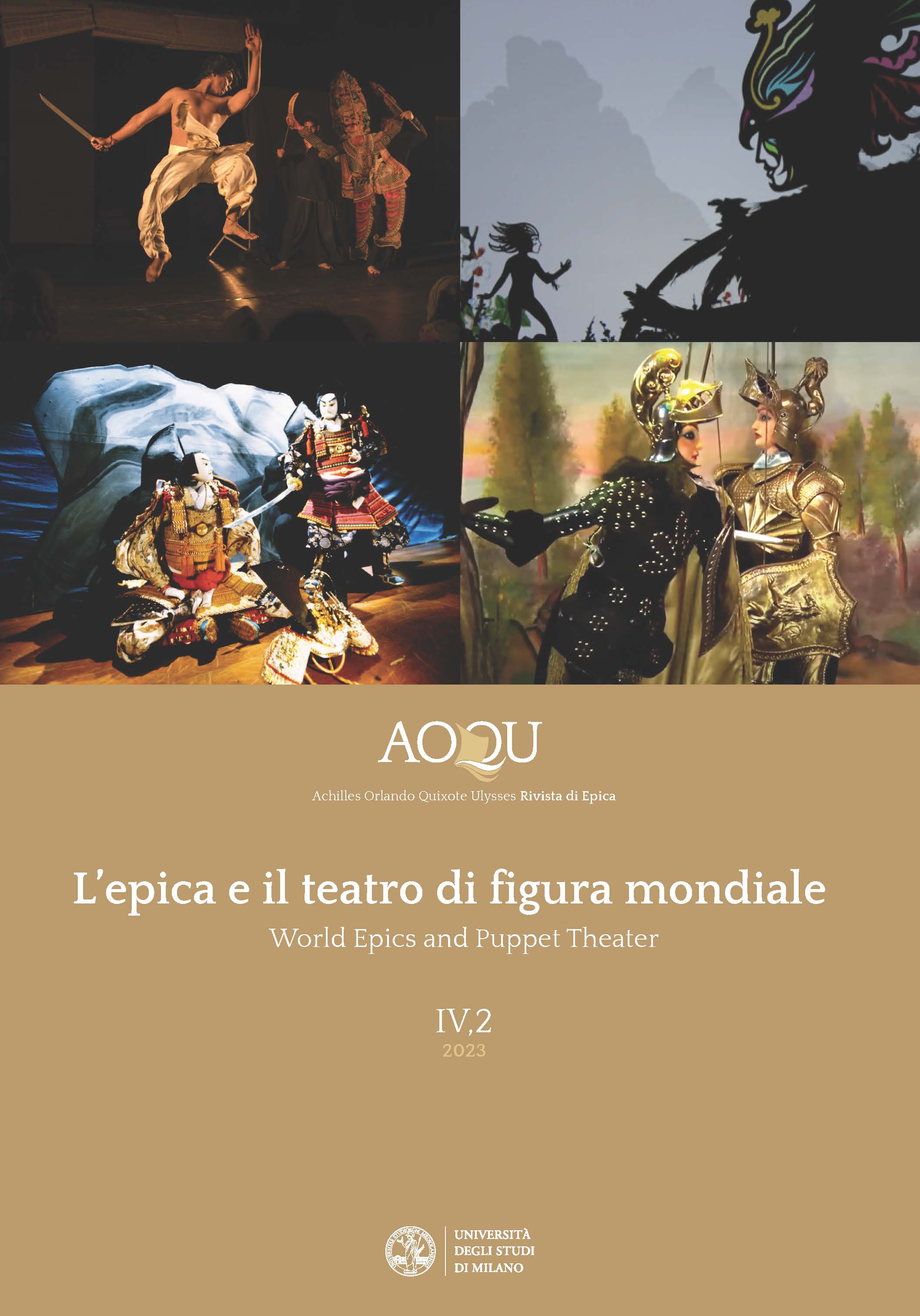Abstract
The story of Rama has been known on Java and mainland Southeast Asia since before the 9th century. The strong divergences in West Java and Malaysian puppet versions from Valmiki show patterns of intensification and localization that make the narrative at home in the region. In the 1960s, the Ramayana was not seen as bearing overt religious or political implications for Muslim performers, and its trans-Southeast Asian popularity boosted its currency. In 1965 the Association of Southeast Asian Nations (ASEAN) held a pan-Southeast Asian Ramayana festival – spurring countries where this epic, preserved in puppetry/mask performance, was only modestly popular (e.g., Indonesia and Philippines) to increase attention to this central narrative for traditional Southeast Asian mainland puppetry. Since the 1990s, however, transnational religio-political forces, including the Hindu revival in India (which sees Rama as proto-ruler of a Hindu realm) and the Islamic revival in the Muslim world (which sees the story as shirk, worshipping a god other than Allah), may problematize the narrative in Indonesian and Malaysian puppetry.

